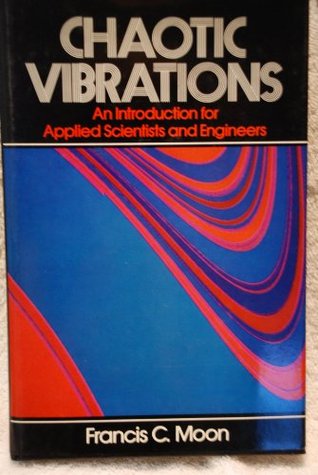

 |

|

The average rating for Chaotic vibrations based on 2 reviews is 3.5 stars.
Review # 1 was written on 2015-08-30 00:00:00 Victor Lanzillotti Victor LanzillottiThe bedrock of financial theory for decades has been the work done by various economists linked to the University of Chicago, including Eugene Fama, Harry Markowitz, and others. The Ten Commandments of these laws are the Capital Asset Pricing Model, or CAPM. From CAPM flows the Efficient Market Hypothesis, which states that all available information about an asset is immediately incorporated into the asset price. This model like others related to it (Efficient Frontier, Arbitrage Pricing Theory, Beta) assume a normal probability distribution of returns. Once you kick out that normal bell-shaped curve, the rest of the theoretical construct is like a house built on sand. Or more realistically, only a theoretical model that doesn't capture 100% of the influences on Capital Asset pricing, such as stock price returns. This book, which, written in the mid-90's has pieces that are outdated, is an attempt to show that markets are not efficient nor built on normal probability distributions (actually they're leptokurtotic - fatter tails and higher median than a traditional bell curve). Parts of it are comprehensible, others I had to skim. The tool that Edgar Peters uses is the Hurst exponent, which is a mathematical variable to measure persistence in a data set, i.e. non-randomness. His work asserts that equity price returns have a strong persistence (Hurst exponent between 0.5 and 1.0), or a long-term 'memory'. If true, that opens up a whole world (and career path) for bright math jocks like the author to predict, based on prior data and trends, future prices. Tools that are being used in this endeavor (or were, as of the date this book was written) include neural networks, fuzzy logic, and the behavioral finance analysis associated with the University of Chicago (e.g. biases such as 'anchoring and adjustment' influencing decision-making). The content and vocabulary of the book are targeted somewhere between a beginner and an expert. The most intriguing parts of this book are when the author presents fractals and fractal dimensions, the derivation of the Hurst exponent, and an introduction to chaos theory. Finishing it made me want an update to the current state of the art, and an analysis whether Hedge Fund math PhDs have been able to crack the code in a consistent manner in the 20 or so years since publication. "Because numerous studies have consistently shown that the distribution of stock returns is not normally distributed, standard deviation as a measure of comparative risk is of questionable usefulness." |
Review # 2 was written on 2017-11-19 00:00:00 Lawrence Mooney Lawrence MooneyFor the time this book came out, it was extremely forthright in disproving institutional methods of viewing the markets. This book did an incredible job at introducing the concept of nonliterary and conveyed the paramount importance of adopting more modern systems into analyzing markets. Although some information is outdated, this still serves as an excellent book at teaching complex aspects of the market, even in our modern world. |
CAN'T FIND WHAT YOU'RE LOOKING FOR? CLICK HERE!!!